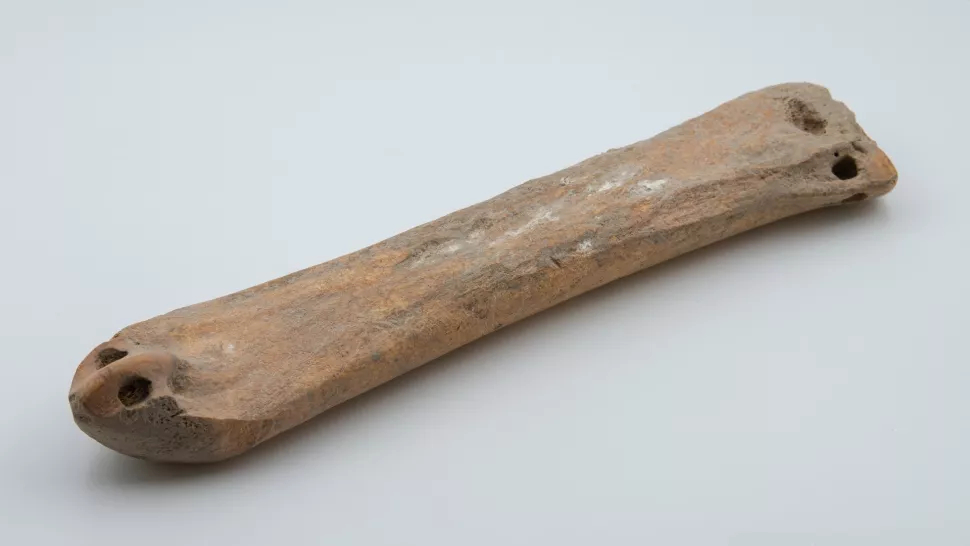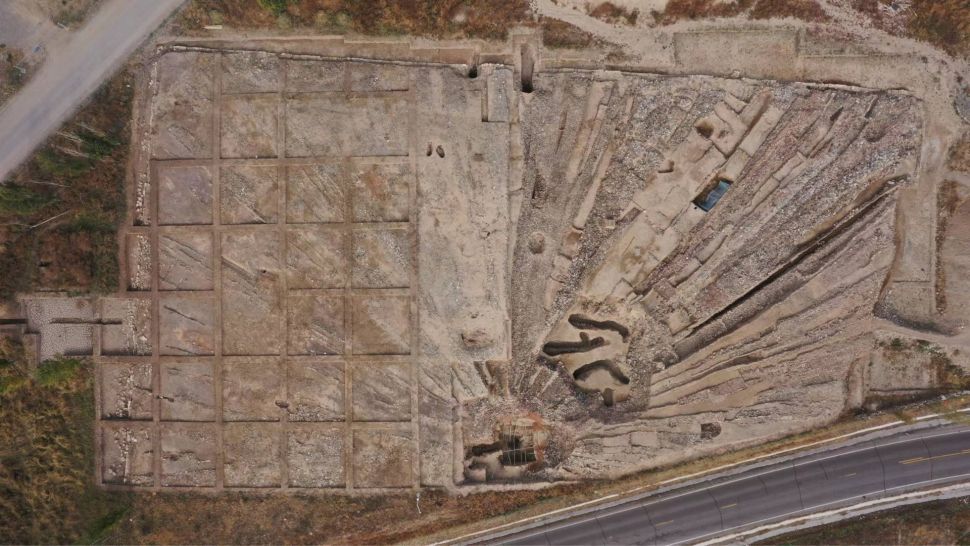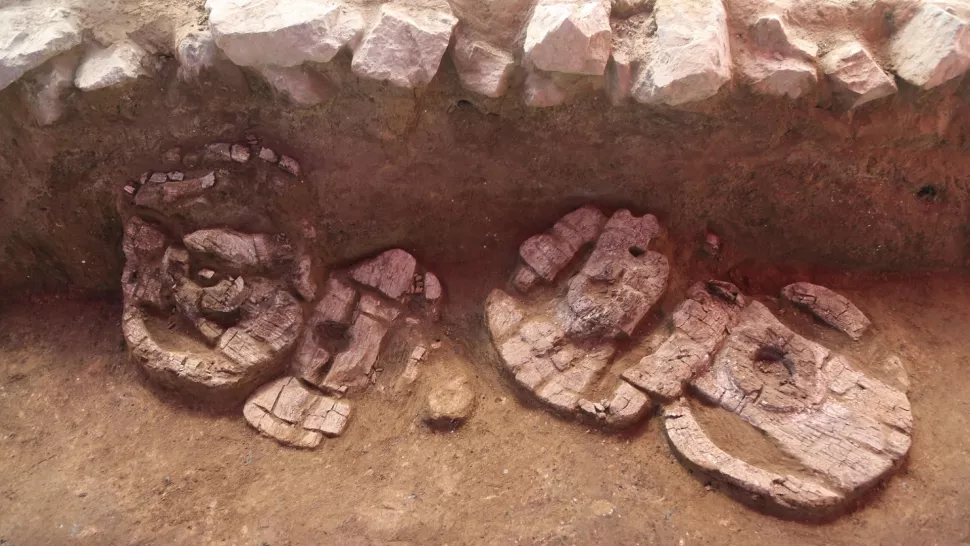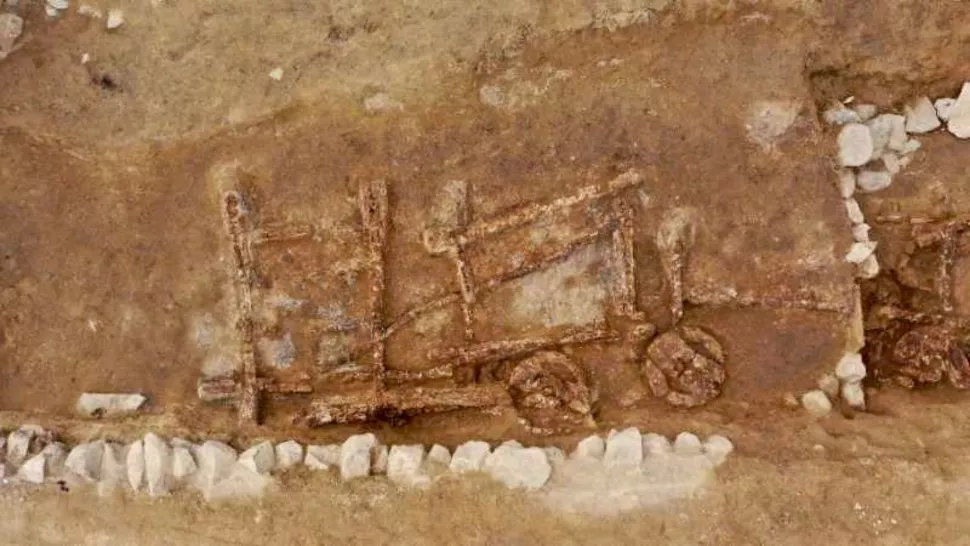Archaeologists in China have made a fascinating discovery that could change our understanding of ancient winter sports. Two sets of bronze age ice skates have been uncovered in Xinjiang Uyghur Autonomous Region of China, revealing that people were gliding across frozen lakes and rivers some 3,500 years ago. This remarkable find sheds new light on the history of ice skating and offers an intriguing glimpse into the lives of ancient Chinese people.

The skates, which are made of bones, are believed to have been used for both practical purposes and leisure activities. They feature a modern-shaped design and were likely strapped to the feet with leather bindings. This discovery is a testament to the ingenuity and creativity of our ancestors, and it’s fascinating to imagine what winter sports might have looked like in the Bronze Age.
Volgens die Lewende Wetenskap report, 3,500-year-old ice skates have been found in a tomb at the Goaotai Ruins in western China’s Xinjiang Uyghur Autonomous Region. The Goaotai Ruins, thought to have been inhabited by cattle herders of the Andronovo culture, consists of a settlement and a well-preserved tomb complex surrounded by a platform of stone slabs. Archaeologists think the site dates from about 3,600 years ago.

Made from straight pieces of bone taken from oxen and horses, the skates have holes at both ends to strap the flat “blade” to footwear. Ruan Qiurong of the Xinjiang Institute of Cultural Relics and Archaeology said that the skates are almost exactly the same as 5,000-year-old skates discovered in Finland, and may reflect the exchange of ideas during the Bronze Age.
The Goaotai tombs are thought to have belonged to a noble family among the early cattle-herding people of the area, one of the researchers noted; and that the excavations there have revealed important aspects of their burial rites, beliefs and social structures.
“Other features of the tombs, including a ray-like structure made from 17 lines of stones, indicate a possible belief in sun-worship,” the researcher said.
The archaeologists also found the remains of dozens of wooden wagons or carts that appear to have been used to build the tomb platform. They include 11 solid wooden wheels and more than 30 wooden parts, including rims and shafts.


Similar ice skates like the bone skates found at the Goaotai Ruins have been found at archaeological sites throughout northern Europe. Scientists think these skates were used by ancient people in the mostly-flat regions, which were dotted with tens of thousands of small lakes that freeze over in the winter.
Apart from this, China’s mountainous Xinjiang region might also be the birthplace of skiing, according to The New York Times. Ancient cave paintings in northern Xinjiang’s Altai Mountains, which some archaeologists think may be 10,000 years old, depict hunters on what appear to be skis. But other archaeologists dispute the claim, saying the cave paintings can’t be reliably dated.




